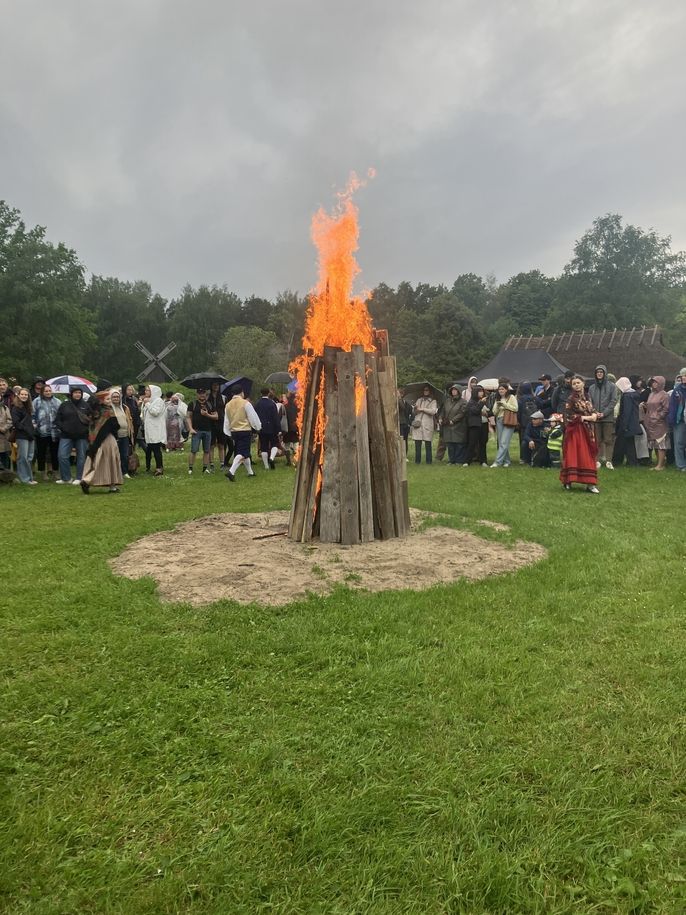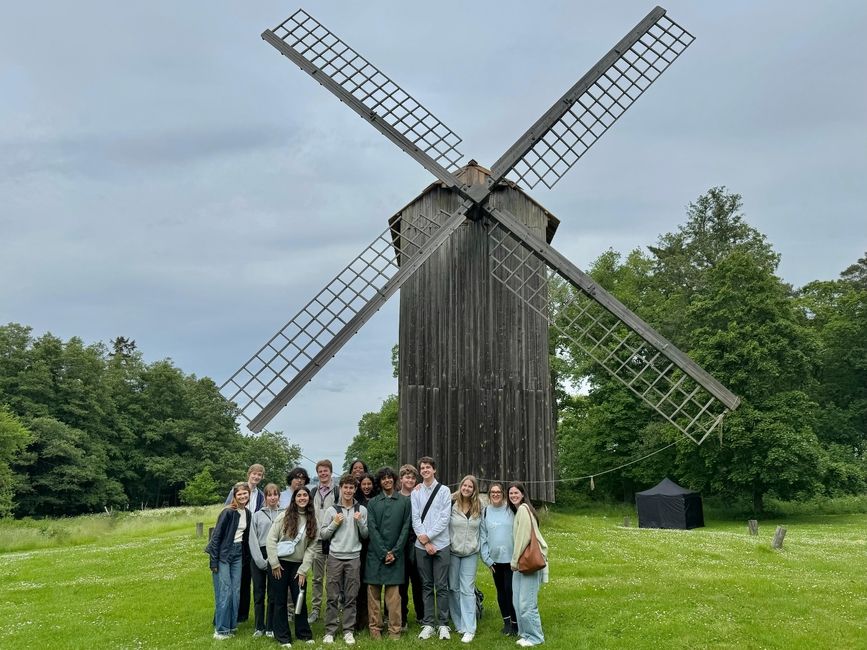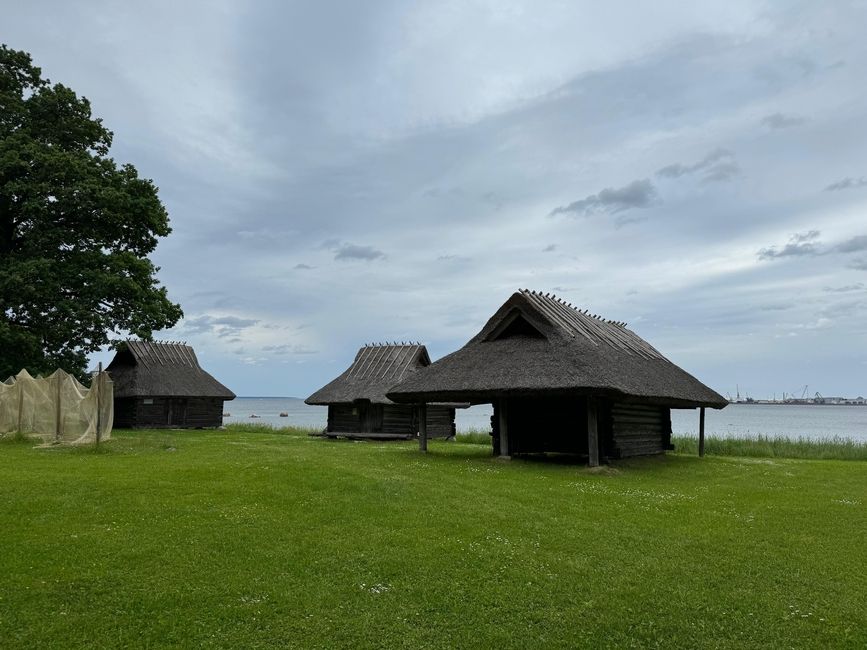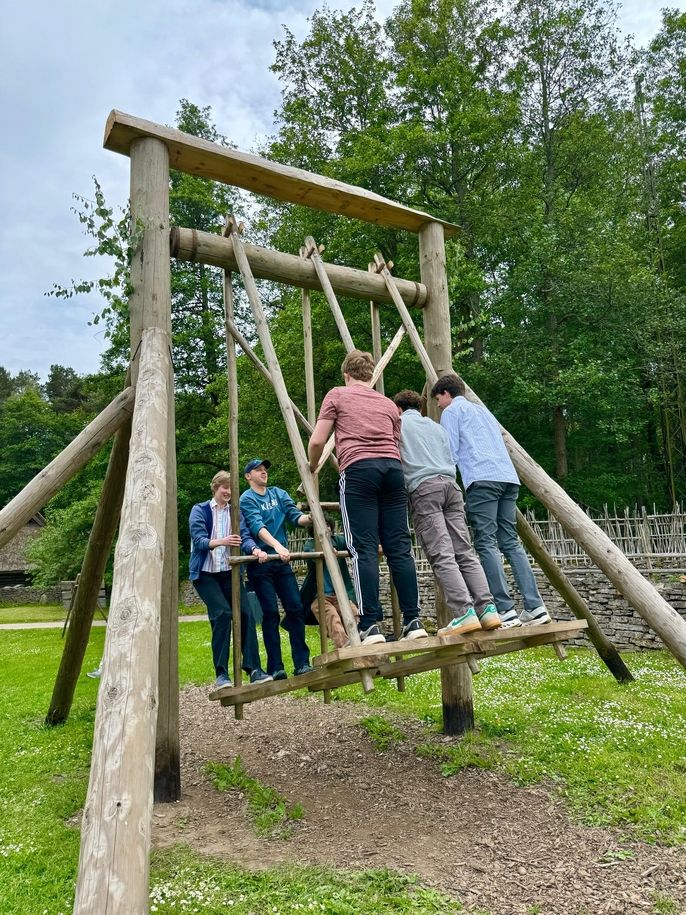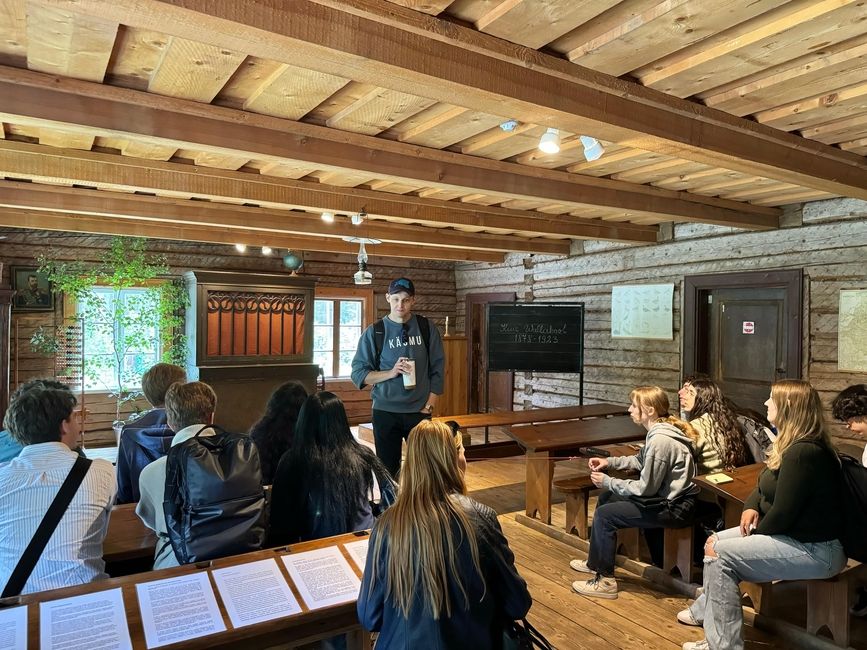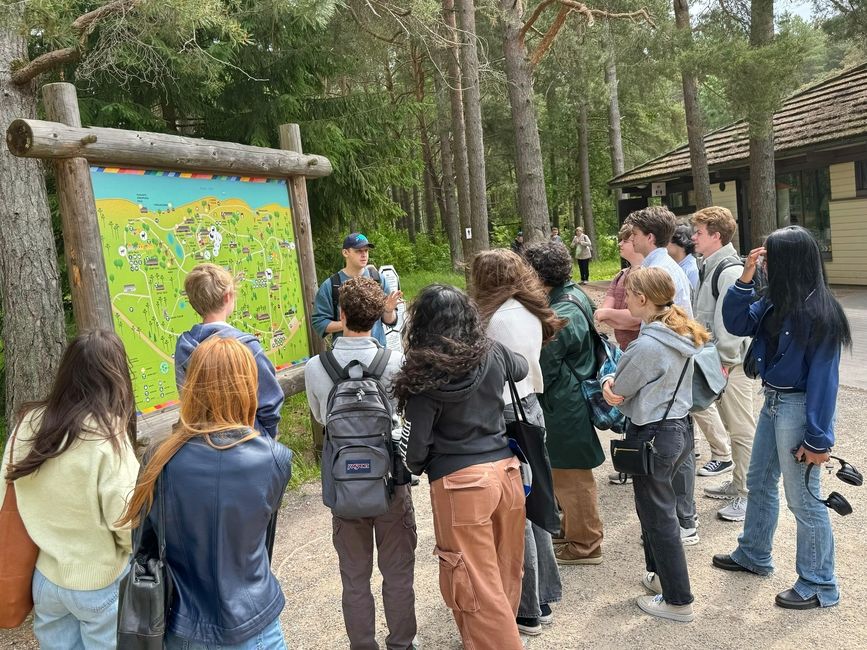Midsummer in Estonia: Cultural Preservation and Connection
Midsummer, or Jaanipäev, is Estonia’s longest-celebrated public holiday and one of the most cherished events on the Estonian folk calendar. The holiday occurs annually on the longest day of the year, with almost 19 hours of sunlight in Tallinn. In ancient times, Jaanipäev marked the beginning of harvest. The holiday now coincides with the Victory Day celebration of the Estonian defeat of German forces on June 23, 1919.
Our group of high school summer abroad students was lucky to be in Estonia on Midsummer’s Day and experience lively traditions first-hand! Students attended an authentic celebration at the Open Air Museum, a 178-acre site on forest and coastal land that provides an immersive experience of Estonian everyday life from the 18th to 20th century. Complete with more than 80 preserved buildings from different regions of Estonia–including traditional farmhouses and windmills, a village school, a chapel, and a fire station–the museum provided the perfect backdrop for celebrating one of Estonia’s most important holidays.
The national sport of Estonia is “Kiiking,” so naturally, students began the festivities by piling onto the giant wooden swing, flying through the air six at a time. This thrilling activity has long been a part of Jannipäev, symbolizing prosperity and the hope of reaching great heights. Similarly, children historically would jump over bonfires as a symbol of good fortune. While our students didn’t get that close up, they did witness the lighting of multiple magnificent bonfires. The ritual included a parade, chanting, singing, dancing, and traditional clothes and instruments. It was exciting to see all of this in action, as students had previously learned the significance of these Estonian rituals and practices in a culture class at the Song Festival Grounds.
The Midsummer celebration was a perfect chance for students to immerse themselves in Estonian heritage and way of life. As student Daphne from California pointed out, despite rain and other sub-optimal weather conditions, the locals carried on with good cheer and intention. The deep meaning of this holiday and its rituals was evident to all. Students had the opportunity to interact directly with these local residents, including joining in the Estonian folk dancing. Students naturally drew parallels between their own cultures and the Estonian traditions. Anaisha and Giuseppe, both from California, noted striking similarities between Jaanipäev and holidays they celebrate at home, like Garba and Eid. Though more religious in nature, these celebrations also center around traditional music, dancing, dress, and community gatherings.
Midsummer’s Day was a vibrant and memorable experience filled with learning and group bonding. The traditional festivities offered a powerful example of the importance of cultural preservation. Even across the world, students found something familiar in Estonia’s most symbolic celebration, demonstrating that through tradition, song, and shared experience, unity and understanding can flourish across cultures.
Explore CIEE's high school summer abroad programs and start your own cultural adventure. Enroll today!
Related Posts
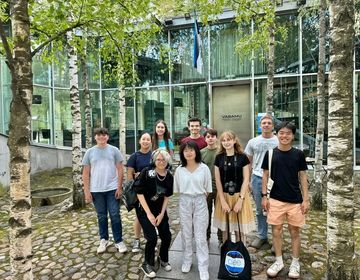
Enchanted, Empowered, Estonia
Looking Back with Fondness The last three weeks have been filled with learning, laughter, and relationship-building. Students will leave Estonia with a strong understanding of the local government and the... keep reading
Enjoying Estonia
Another successful week here in Estonia! Check out our video recap below.
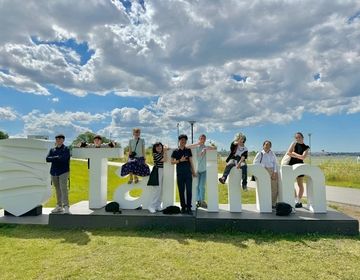
Exploring Tallinn
One of the greatest advantages of the Diplomacy and Peace Studies program in Estonia is the opportunity to live within the walls of Old Town in the capital city of... keep reading
